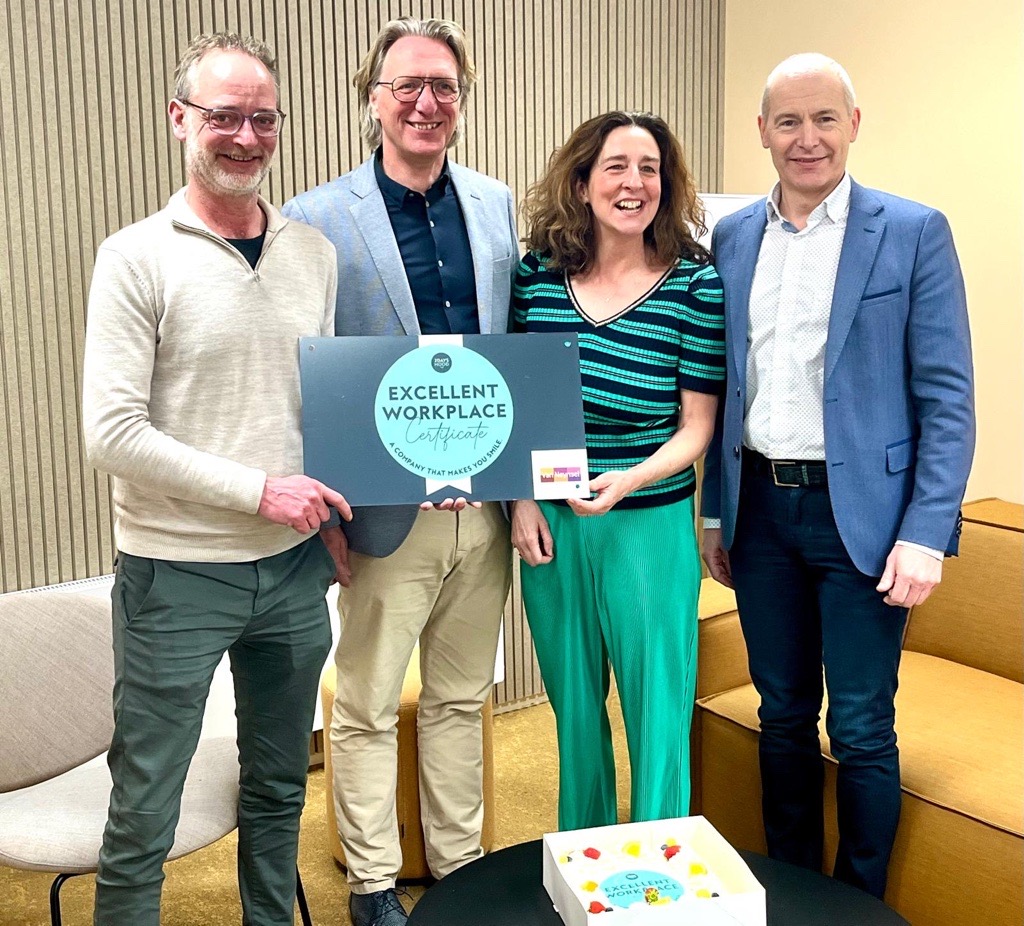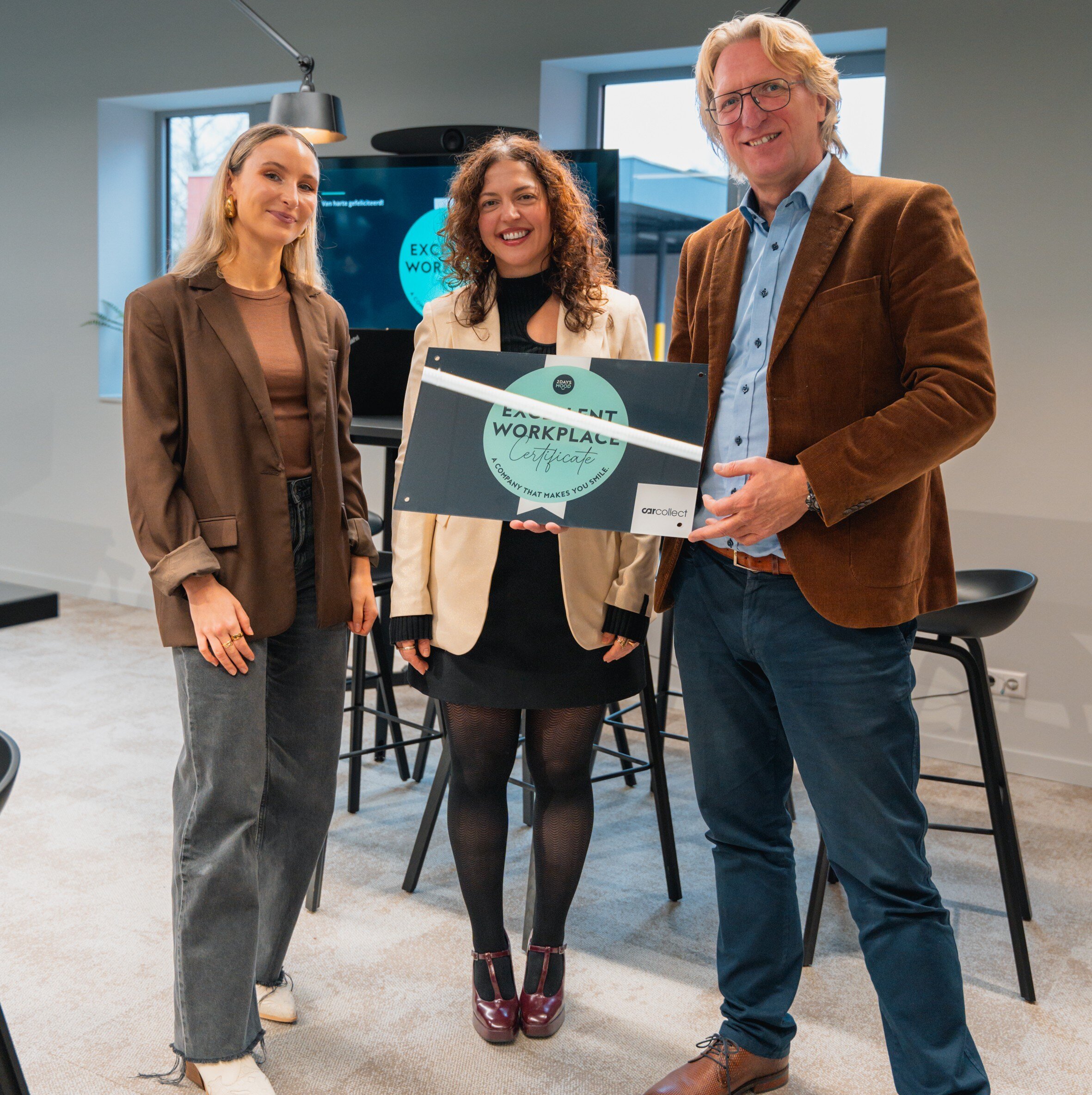Van pulse-meting naar proactieve organisatie
Verbeter productiviteit en welzijn van medewerkers in het sociaal domein met slimme talentmanagement en realtime data-inzichten.
Verdiep je in unieke inzichten over werkgeluk, laat je leiden door data, blijf vooroplopen met de nieuwste HR trends, en ontdek de kracht van data rapportages en benchmarks.

Verbeter productiviteit en welzijn van medewerkers in het sociaal domein met slimme talentmanagement en realtime data-inzichten.

Ontdek wat zorgmedewerkers motiveert en hoe organisaties hun werkgeluk kunnen vergroten met slimme talentmanagement en realtime...

Verbeter de productiviteit en het welzijn van medewerkers in het sociaal domein met slimme talentmanagement en realtime...

Ontdek hoe werkgeluk en realtime data-inzichten helpen bij het behouden van zorgpersoneel door te investeren in waardering,...

Ontdek hoe je met slimme talentmanagement en data de productiviteit en het welzijn van medewerkers kunt verbeteren, zelfs in...

Ontdek hoe 2DAYSMOOD Van Neynsel helpt om met datagedreven inzichten en strategieën het welzijn van hun medewerkers duurzaam te...

Ontdek hoe 2DAYSMOOD organisaties helpt met datagedreven inzichten en strategieën om het welzijn van medewerkers duurzaam te...

Ontdek de 9 grootste uitdagingen bij het verbeteren van het welzijn van medewerkers en leer hoe je met data en strategie duurzaam...

Ontdek hoe data en coaching samen bijdragen aan werkgeluk en het voorkomen van burn-out door real-time inzichten en gerichte...

“Snel doelgerichte acties door feedback medewerkers”

Ontdek hoe een HR-manager door datagedreven inzichten het werkgeluk en de betrokkenheid van medewerkers verhoogde zonder de...

In 2025 zullen HR-professionals zich moeten richten op datagedreven beslissingen, werkgeluk, diversiteit, duurzame inzetbaarheid...